Talking Heads biography: the beginning of the journey, music, albums
Содержание
Talking Heads - an American rock band formed in 1975 in New York. "Talking Heads." came out of of late '70s punk rockcombining elements of punk with a vibrant personality and a desire for creative exploration... Many would call this band art rock, but they also wrote tunes that were catchy enough to make the charts. By the time their last album was released in 1988 year the Heads were one of the most revered bands in musical circles. Talking Heads would become critically successful, and four of their albums would make the list of 500 greatest in history according to Rolling Stone! They would eventually begin to create new wave music, and the BBC would describe them as a band that pioneered the genre, combining elements of punk, art rock, funk and world music with an avant-garde flair and an unsettling, crisp image... The band officially lasted until the 1991 of the year, and a decade later was inducted into the Rock and Roll Hall of Fame. Where did the story begin Talking Heads? Let's find out together!
How it all began - the formation of Talking Heads.
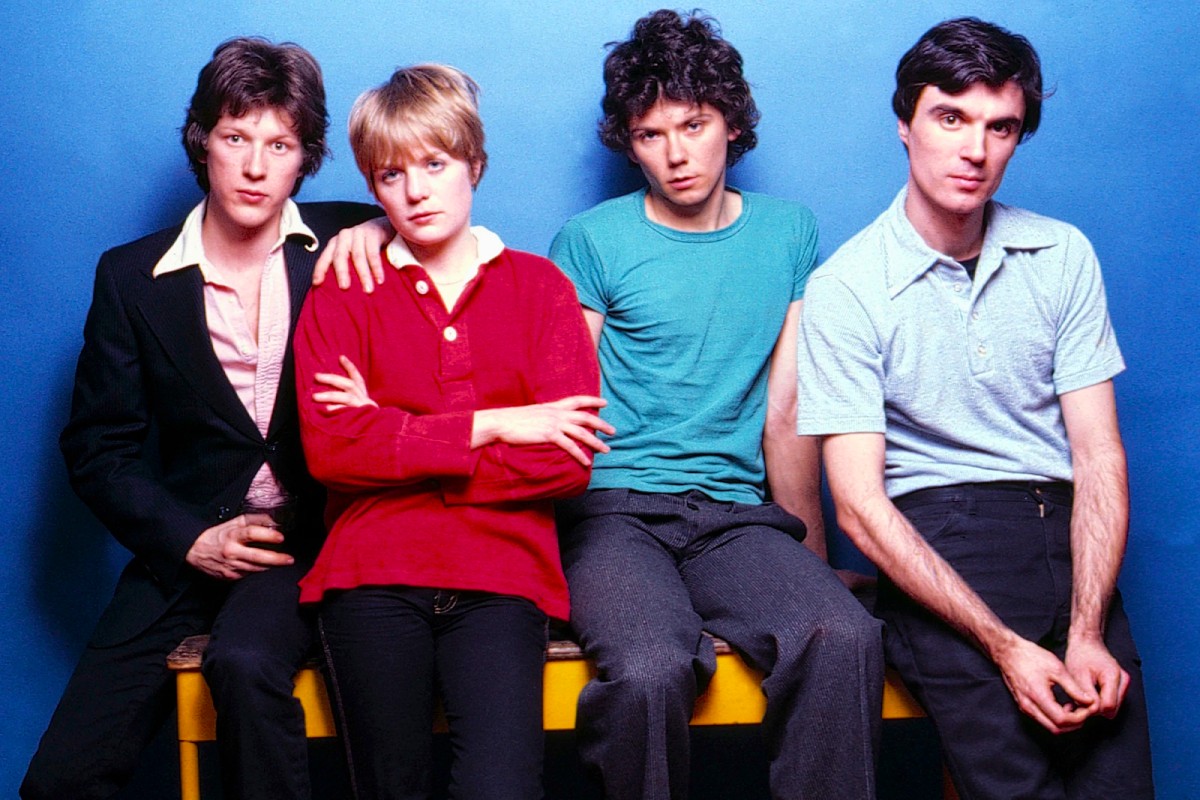
At the beginning of his career. Talking Heads were full of wild energy, detached emotion and understated minimalism. When they released their last album, the band had recorded everything from art-funk to polyrhythmic world studies to simple melodic guitar pop. Between their first album in 1977 and last in 1988 year Talking Heads have become one of the most critically acclaimed bands 80-хThey have managed to earn several pop hits and a big name! Although some of their music may seem too experimental, clever and intellectual, Talking Heads represent everything good about art school punks.....
History Talking Heads began when two art students, David Byrne and Chris Franzwe've moved. to New York in the late '70s years... With minimal musical ability and no experience in the music business, Byrne says, they thought they would "try to start a serious rock band." Unable to recruit members in town, they asked Franz's friend, fellow student Tina Weymouth (who had never played bass guitar) to become their bassist. Soon they would play their first gig as Talking Heads at CBGB's in 1975, warming up for the band. Ramones…
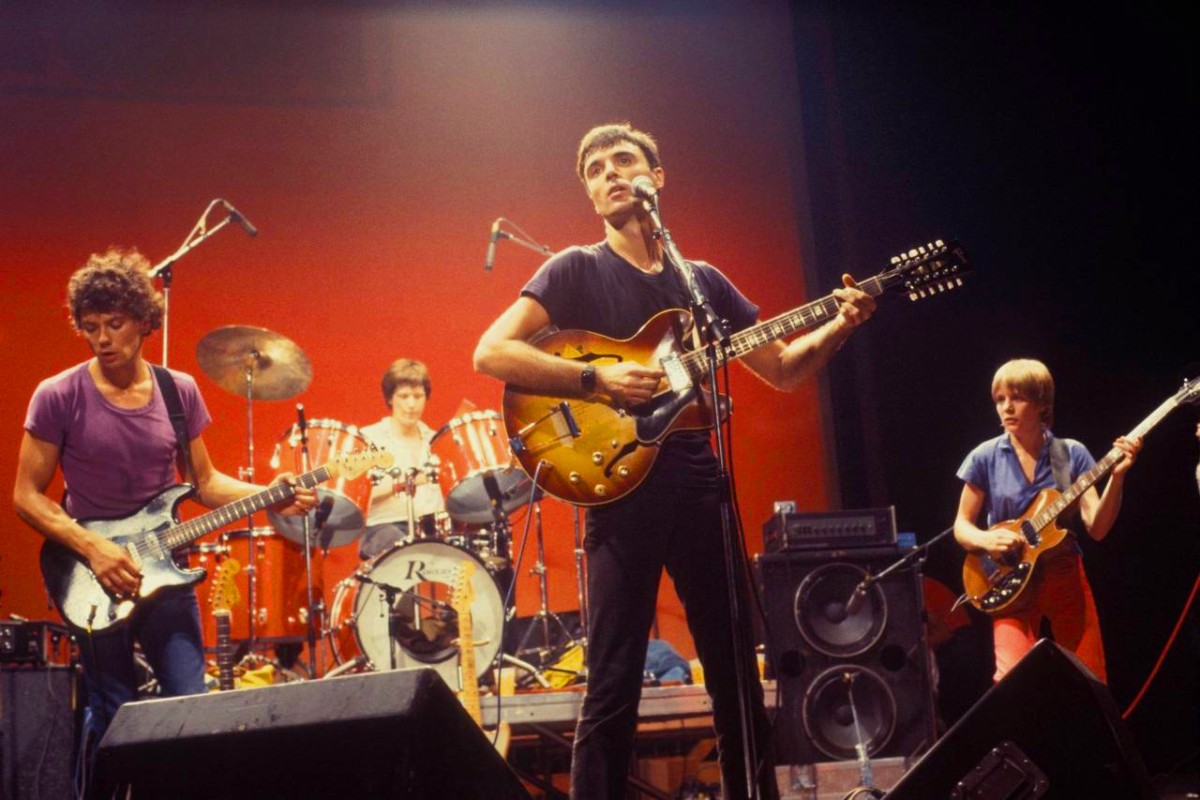
Already by 1977 the band signed a contract with Sire Records and released her first album "Talking Heads: 77": the record will be widely recognised for its concise rock 'n' roll, especially for its evocative, over-intellectual lyrics Byrne... From that moment on, Talking Heads start to be talked about! And not just talk: they start to be admired....
The main stages of creativity
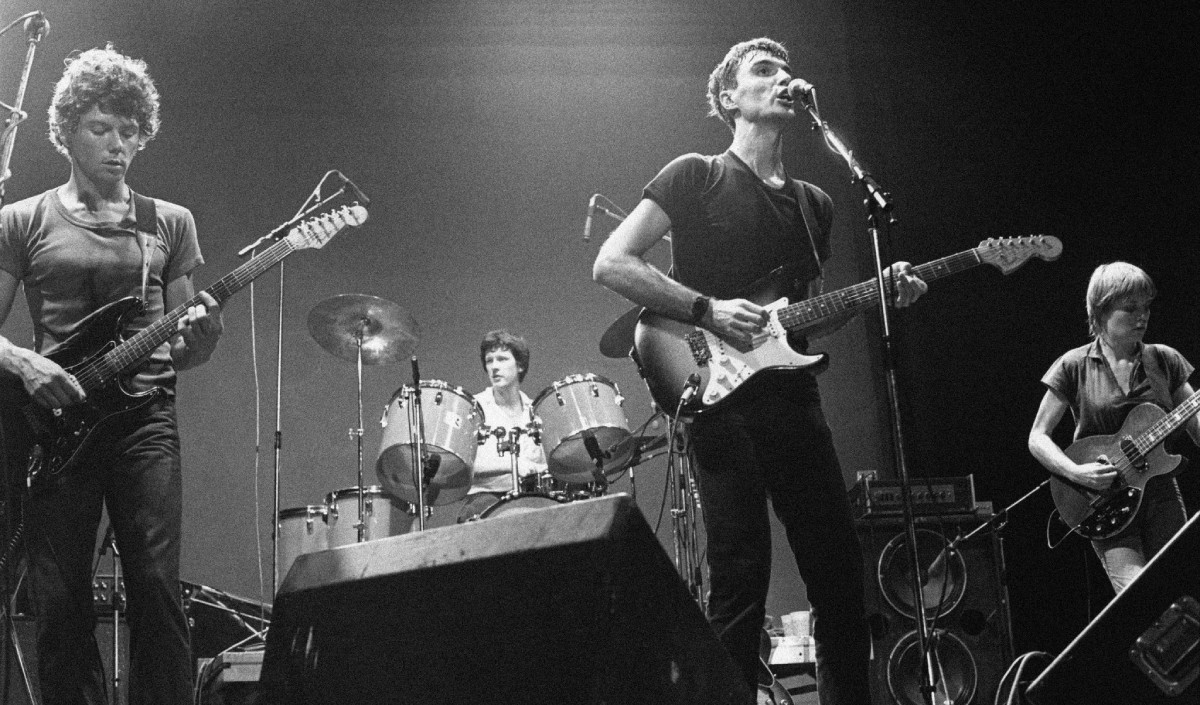
Evolution Talking Heads From chatty art rockers to confident interpreters of funk, disco and polyrhythmic Afrobeat to New Wave epics 80-х lies in their ability to absorb so many influences beyond their narrow repertoire... It also made them one of the best live bands of the decade! Suffice to say, they were an instant hit, arriving at the "right place at the right time". After their first concert, they appeared on the cover of the The Village Voicebut that was just the beginning of success... K. 1980 year the band worked with Brian Eno, who contributed greatly to their songs. Talking Heads realised that pop music was changing and started mixing the sound.
"The first time I met Talking Heads, I put them on a record by Fela Kuti, an Afro-Nigerian musician who invented the Afrobeat. I thought it was the most exciting music at the time..." - Eno recalled.
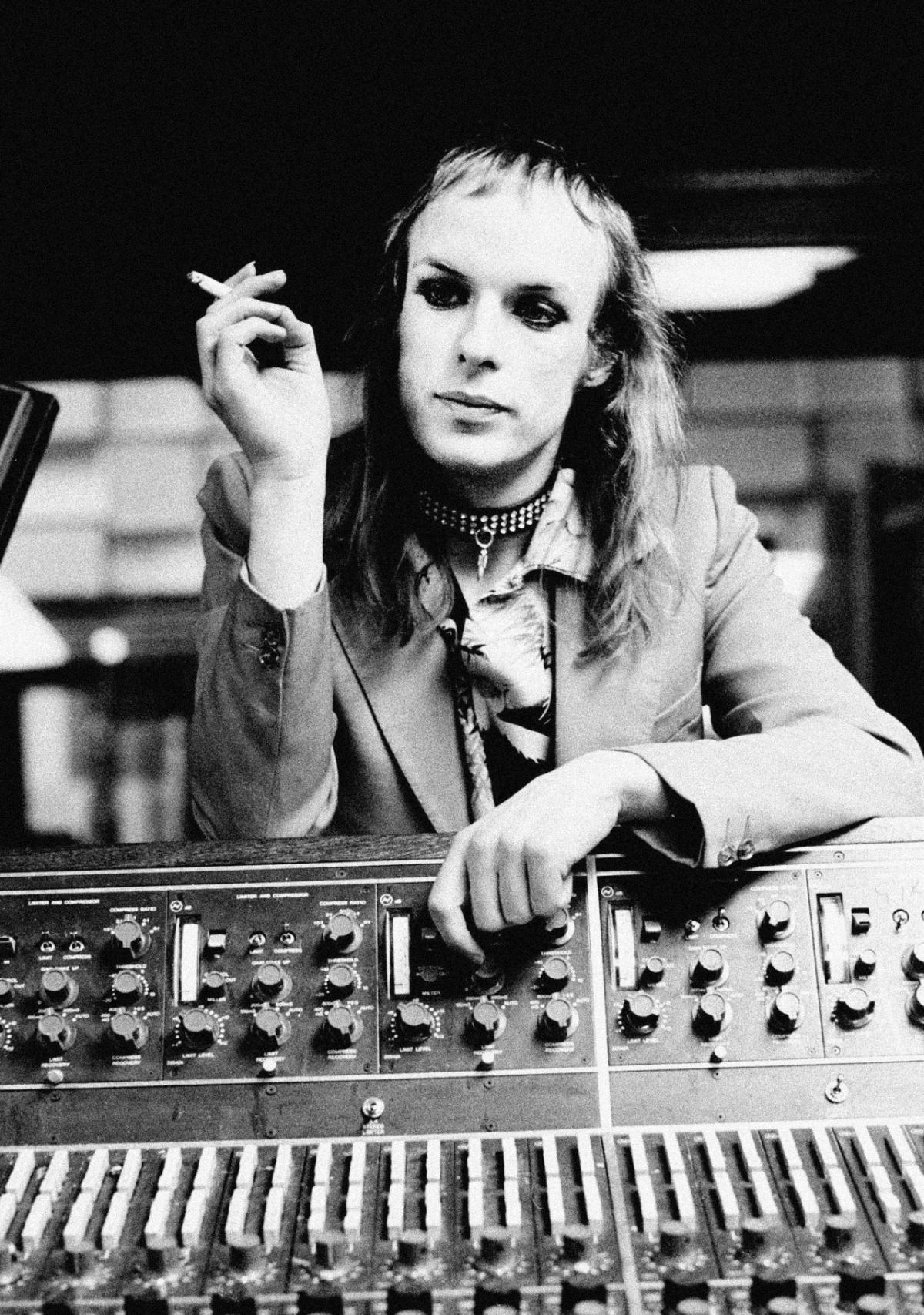
It's worth noting that Brian Eno and Talking Heads approached songwriting in different ways, improvising in the studio and recreating the rhythms of Kuti's music. They recorded their jams, played them back, and then looked for fragments of music that stood out. They used the pieces of music they liked and repeated them, just as hip-hop producers sample music. Talking Heads ended up writing one of their most famous songs "Once in a Lifetime" for his fourth album Remain in Light.
Byrne and Eno added different rhythmic layers to the famous bass line Weymouthand, as the Guardian describes it, Byrne's singing was inspired by "the rantings of American radio evangelists..."
"The calm before the storm."
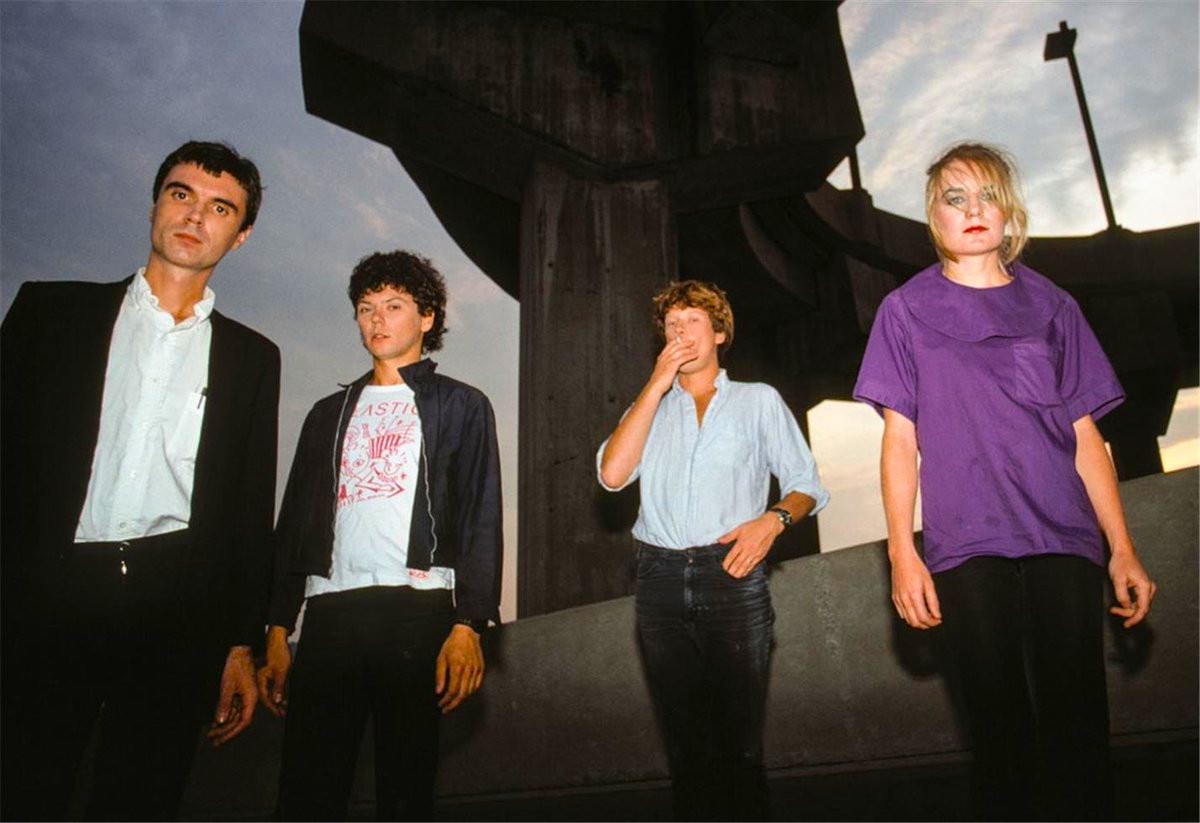
After a long tour, the band focused on solo projects. By the time the band's 1983 of the year came out Speaking in Tongues, Talking Heads. broke off their relationship with Eno... The result was an album that was still based on rhythmic innovations Remain in Lightexcept for a more rigid pop song structure. After its release, the Heads went on another extensive tour, which was captured in the director's concert film Jonathan Demmey's "Stop Making Sense.".
https://youtu.be/53dikqNZLgA
After graduating in 1985 of a simple pop album Little Creatures Byrne made his first film "True Stories.". The band's next album included songs from this film... Two years later, in the 1988 year, Talking Heads released Naked, an album that marked a return to their world explorations (although it sometimes suffers from Byrne's lyrical pretensions...)
After its release, Heads took a break. Byrne has been doing some solo projects, as well as Harrisonwhile Franz and Weymouth continued their side project Tom Tom Club. В 1991 the year the band announced they were breaking up.
The end of Talking Heads history
Thus, at the beginning of the 90-х group Talking Heads has officially ceased to exist... In an interview. David Byrne stated:
"We've broken up, if it pleases you. Consider it so..."
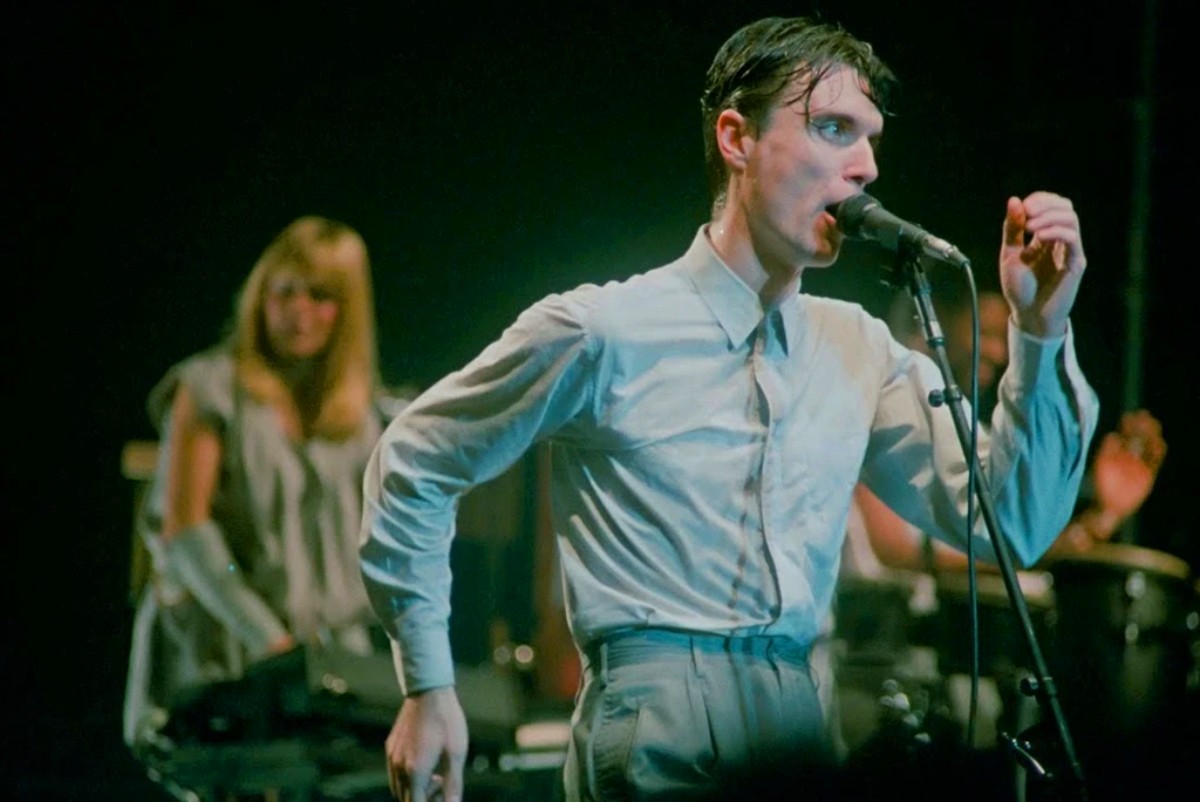
The rest of the participants felt that Byrne Over the years, he became more and more distant from the band as he pursued solo projects. Meanwhile. Harrison, Franz and Weymouth.who were working on solo projects, remained loyal to the core group they loved... Byrne's break-up announcement Heads came as a huge shock to his colleagues, who thought they were just on a break. Franz would later say:
"As far as we know, the band never broke up. David just decided to leave..."
Interesting to know...
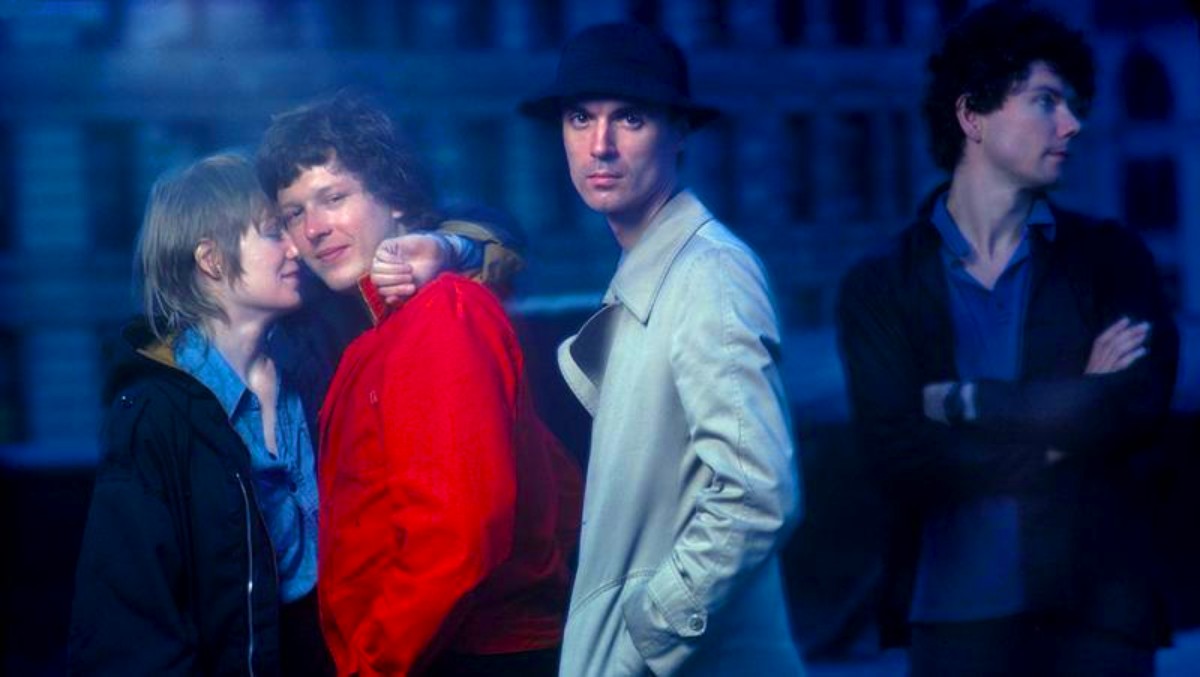
David Byrne's famous grey suit. with broad shoulders has a history. This costume is one of the performance highlights from their concert film "Stop Making Sense."and has been parodied and celebrated in the media for years since. Byrne eventually spoke about the inspiration behind the costume and why he chose that particular design:
"I like symmetry, geometric shapes. I wanted my head to seem smaller, and the easiest way to achieve that is to make my body bigger. Because music is very physical, and often the body realises it before the head..."
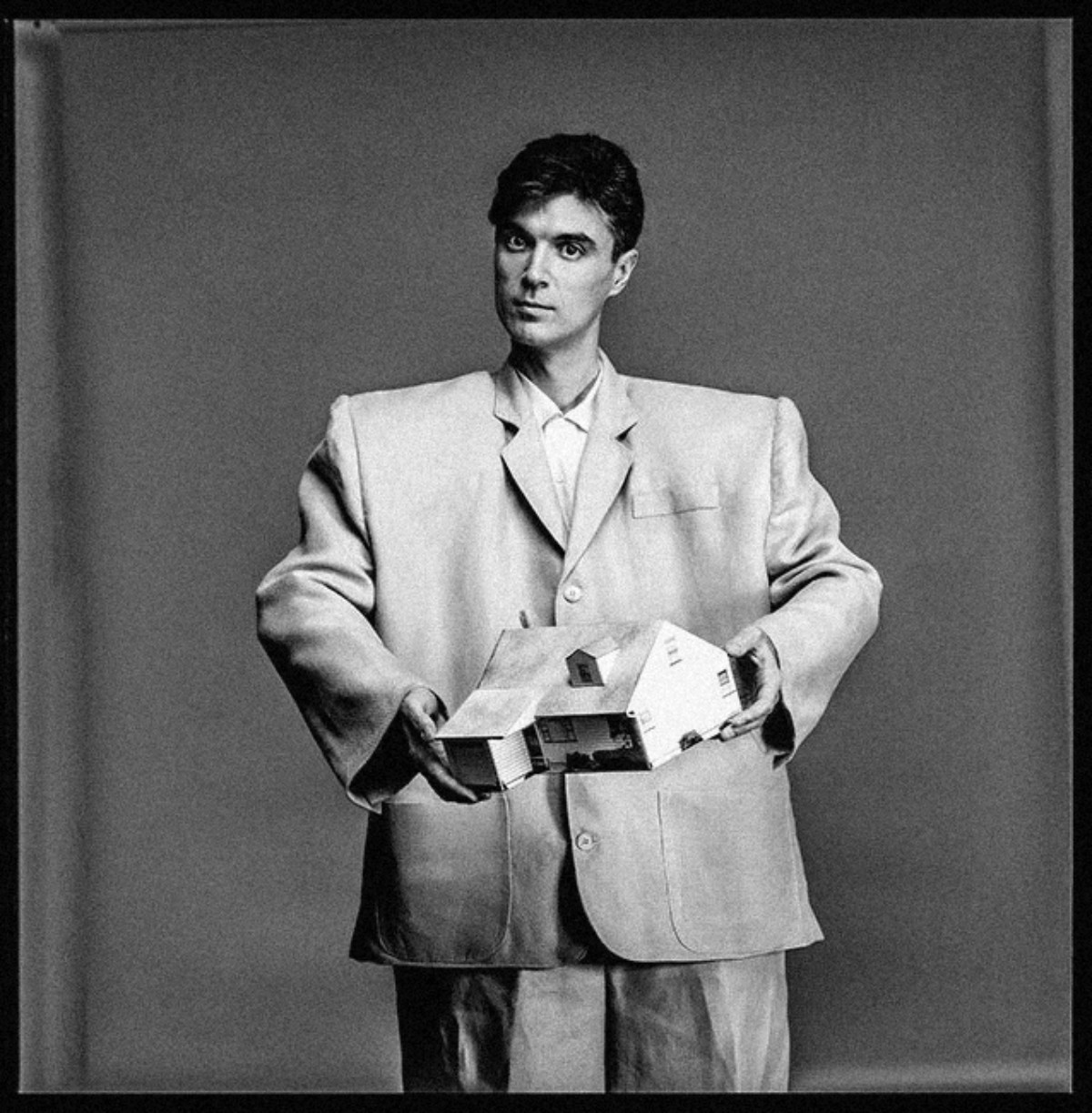
As it turns out, the famous grey suit came from... a friendly joke!
"A friend made a joke while I was trying to work out what to do on the next tour, what to wear... He said: "Well, you know what theatre is - everything has to be bigger than it is." And he didn't mean the clothes had to be bigger, he meant the gestures had to be bigger, the music had to be more exaggerated on stage than in real life. But I took it very literally..."
Right, Byrne and designer Gail Blacker worked together on the "architectural costume", choosing a grey tone to match the stage lighting...



